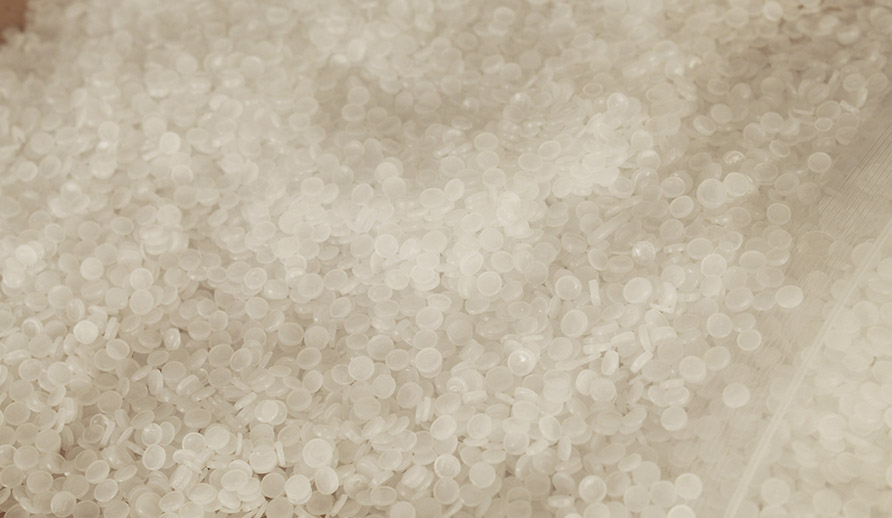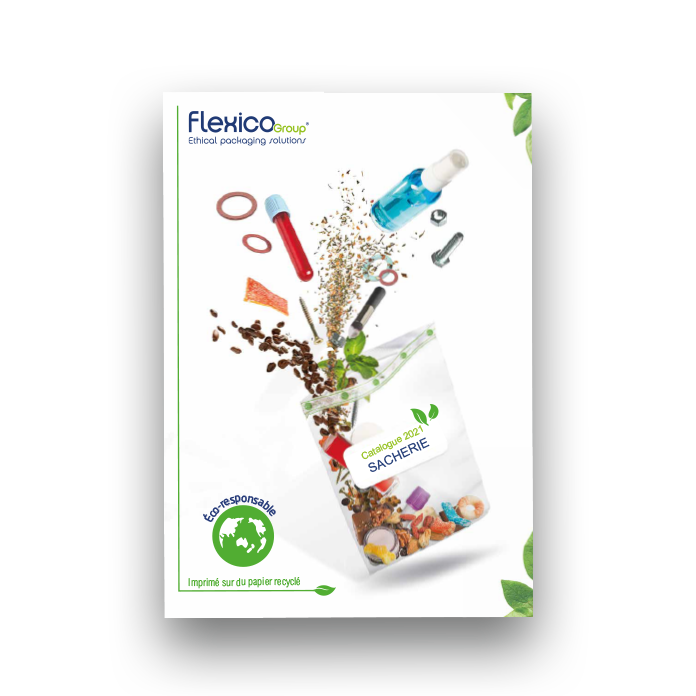
Did you know that plastic is a polymer, which is an assembly of different molecules that make up a synthetic material? Did you know that the term comes from the Latin word plasticus, which in turn has its origin in the ancient Greek word plastikós?
This material, which has long been an object of research for many scientists, was first developed in the middle of the 19th century. But how is plastic made today?
The first polymer, fruit of chance
It took a stroke of luck to obtain the first polymer that gave life to PVC.
In 1835, and again in 1872, chemists Henri Victor Regnault and Eugen Baumann both noticed the appearance of a white solid mass in a bottle of vinyl chloride inadvertently left in the sun. The incident led to the invention of one of the most revolutionary materials: polyvinyl chloride, known as PVC.
The effect of the unfortunate light, allowing the assembly of the polymer, gave researchers the key to the process that they would then try to reproduce and consolidate for several decades. It is only from the 30’s that the mass production will be systematized, for a massive industrial manufacture, by the Union Carbide company.
Today, the mass production of plastic requires a high precision process which, however, always draws its resources from the components offered by nature.
The natural components of plastic
Plastic is always made from natural elements, which are then transformed:
- The main natural ingredient to produce a plastic is crude oil. Its refining allows the extraction of naphtha, the raw material in the polymerization process;
- cellulose is also used, which is a sugar, with a fibrous structure, and is also the main constituent of plants and the most abundant organic material on Earth;
- another natural product, coal is a rock containing at least 50% carbon. Its combustion gives life to carbon dioxide. There are different types of coal, from coal to anthracite;
- Natural gas, also called fossil gas, is added to the list. Coming from the depths of the earth, it is made of a mixture of gaseous hydrocarbons (90% methane) and is found in underground reservoirs;
- Salt is mainly made of sodium chloride and is used as a preservative in the food industry.
We now have a list of the natural components of plastic. But what is the process that produces this coveted material? Let’s get to the heart of the matter.
The manufacture of plastic
The manufacture of plastic begins with the refining of crude oil, a process that allows the extraction of different fractions, including naphtha. Naphtha is the main component for the production of plastic.
In order to be able to exploit this oil-based liquid, plastics manufacturers must subject it to a cracking operation, which consists of heating it to 800°C followed by a brutal cooling to 400°C in steam crackers. The large hydrocarbon molecules that make it up are then broken down into lighter molecules that can now be used.
These molecules or monomers are then polymerized, i.e. assembled with the help of catalysts and adequate temperature and pressure conditions. Once the reaction (which may be “addition” or “condensation”) has taken place, the monomers form a single macromolecule: the polymer.
When they leave the refinery, polymers can be in the form of granules, liquids or powders. To finalize the manufacture of the plastic, it is necessary to add certain adjuvants and additives to their composition. These can be mineral, metallic, organic or chemical products – with lubricating, coloring or fireproofing properties in the latter case, for example -.
Their role is to give the plastic the best characteristics (thermoplastics, thermosets, elastomers, etc.) for its intended use.
The plastic is then cast and shaped by different methods: molding, extrusion, thermoforming or injection.
It is also possible, in some cases, to manufacture plastic from recycled material. In this case, the plastic is crushed into flakes, washed, dewatered, dried, sieved and regenerated into granules.
To find out more about Flexico’s waste management policy, visit Flexico, an eco-responsible player.


